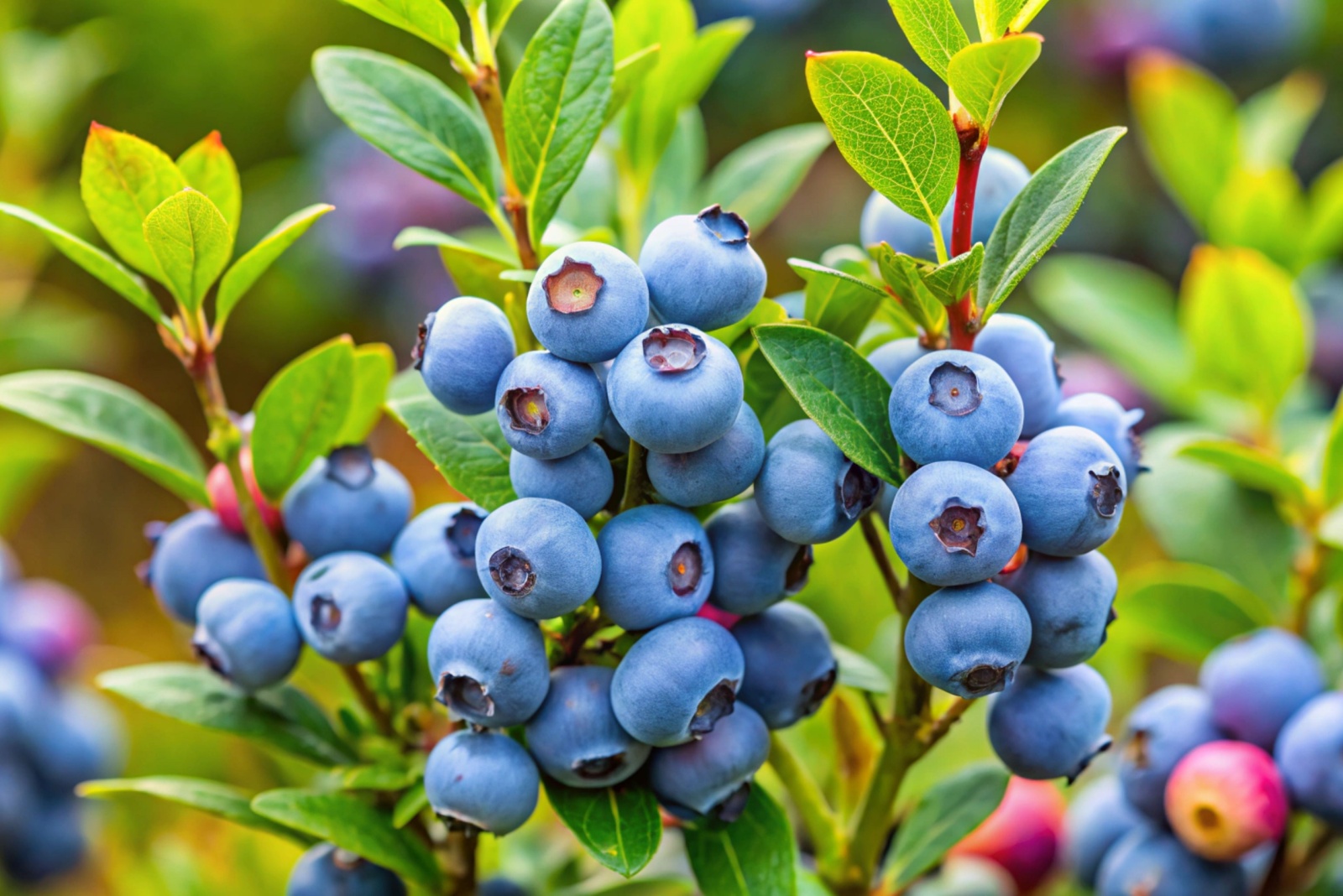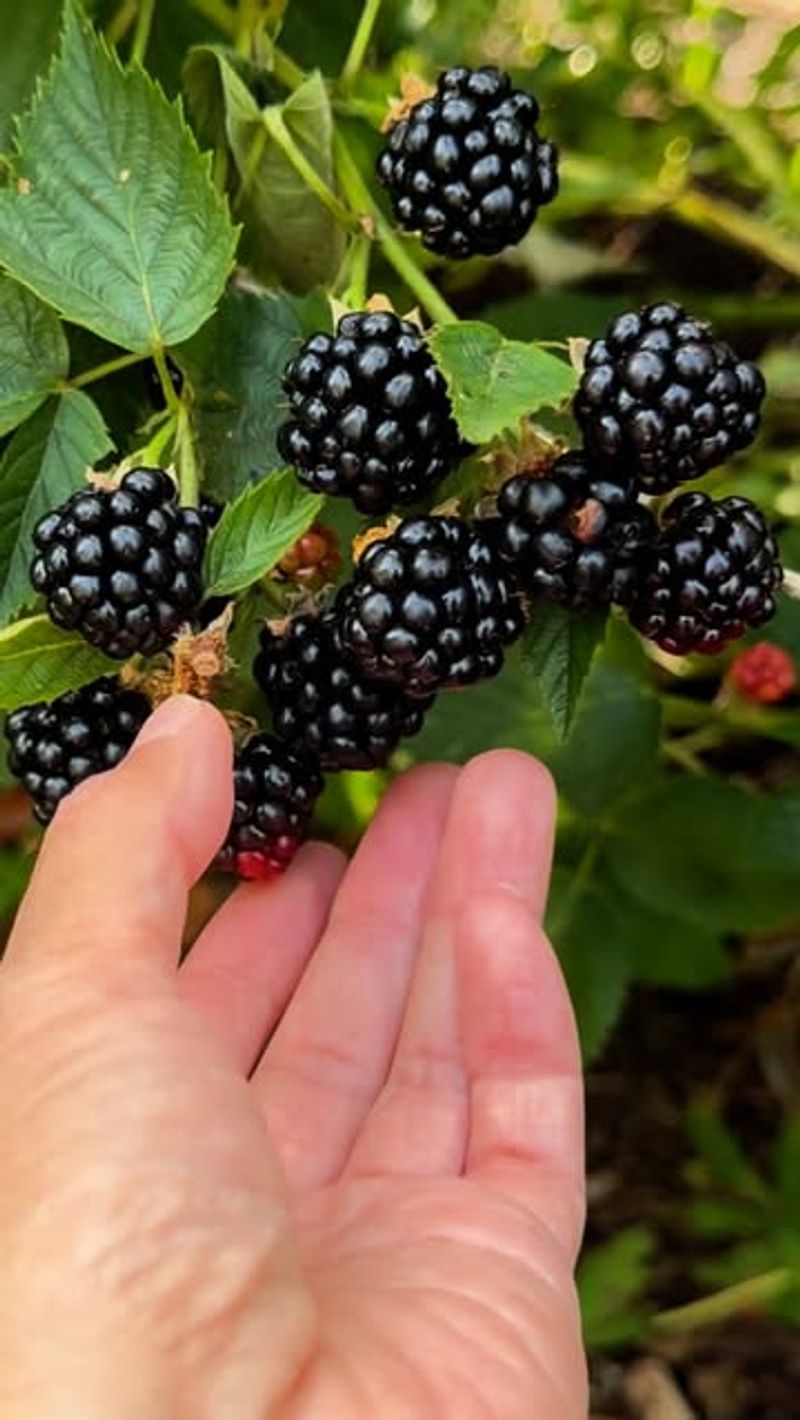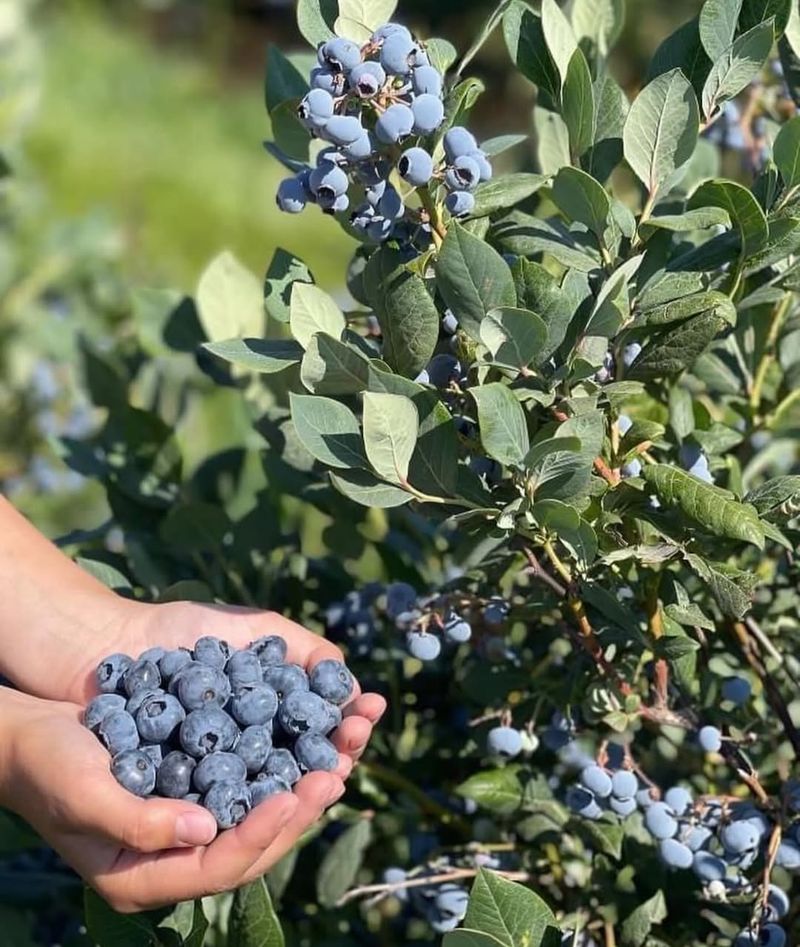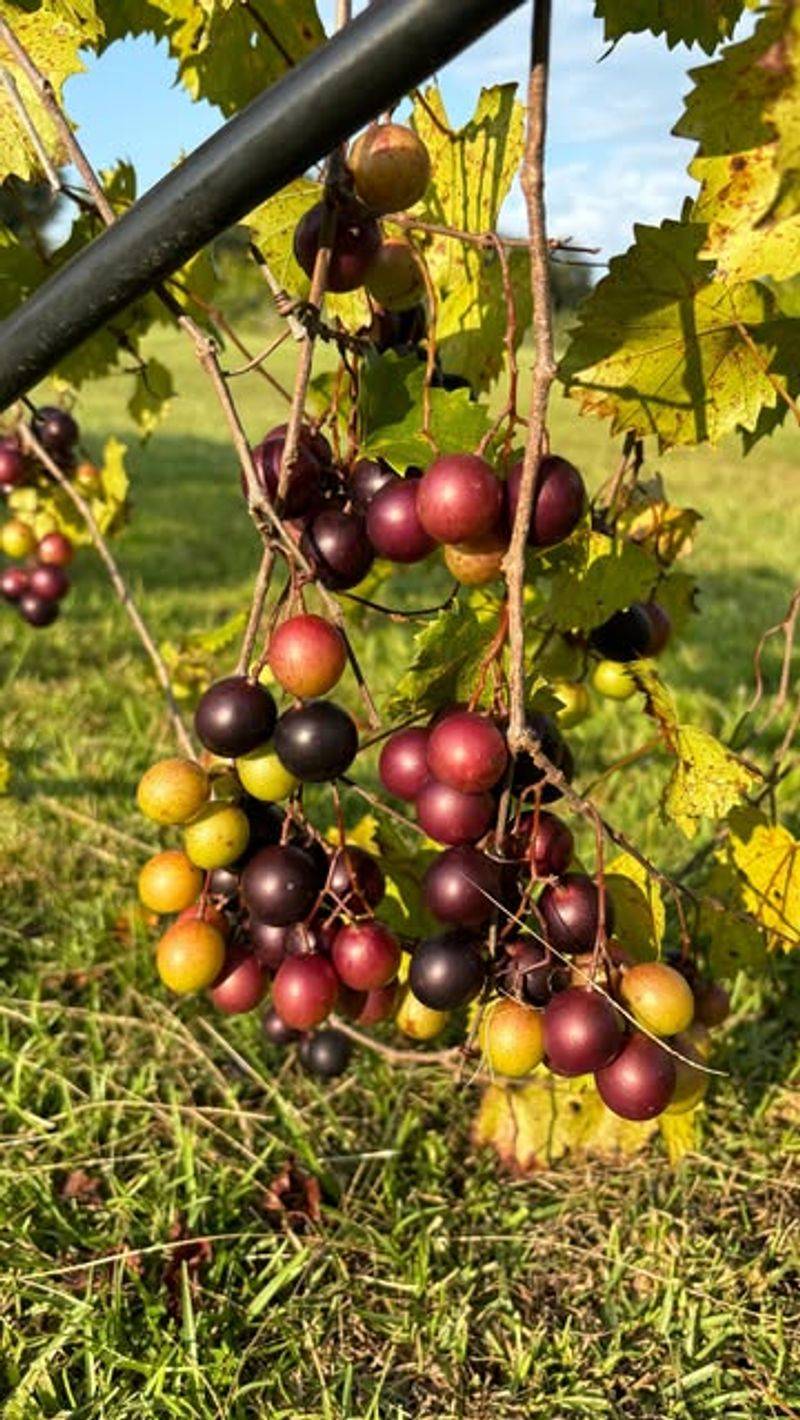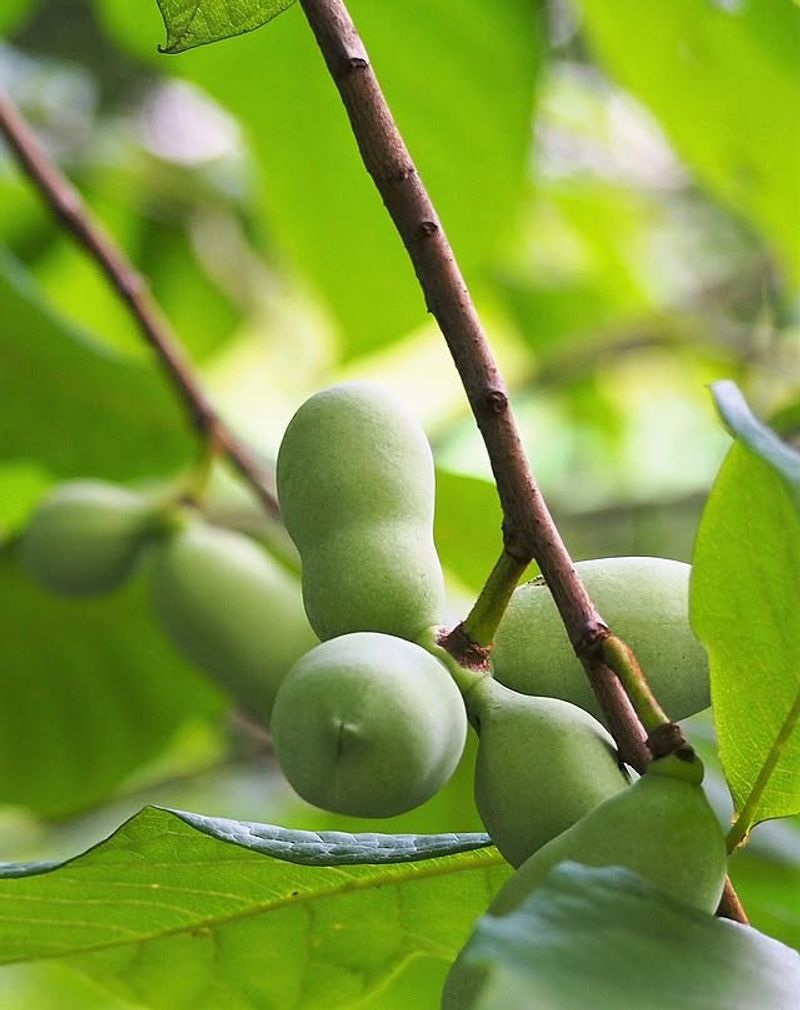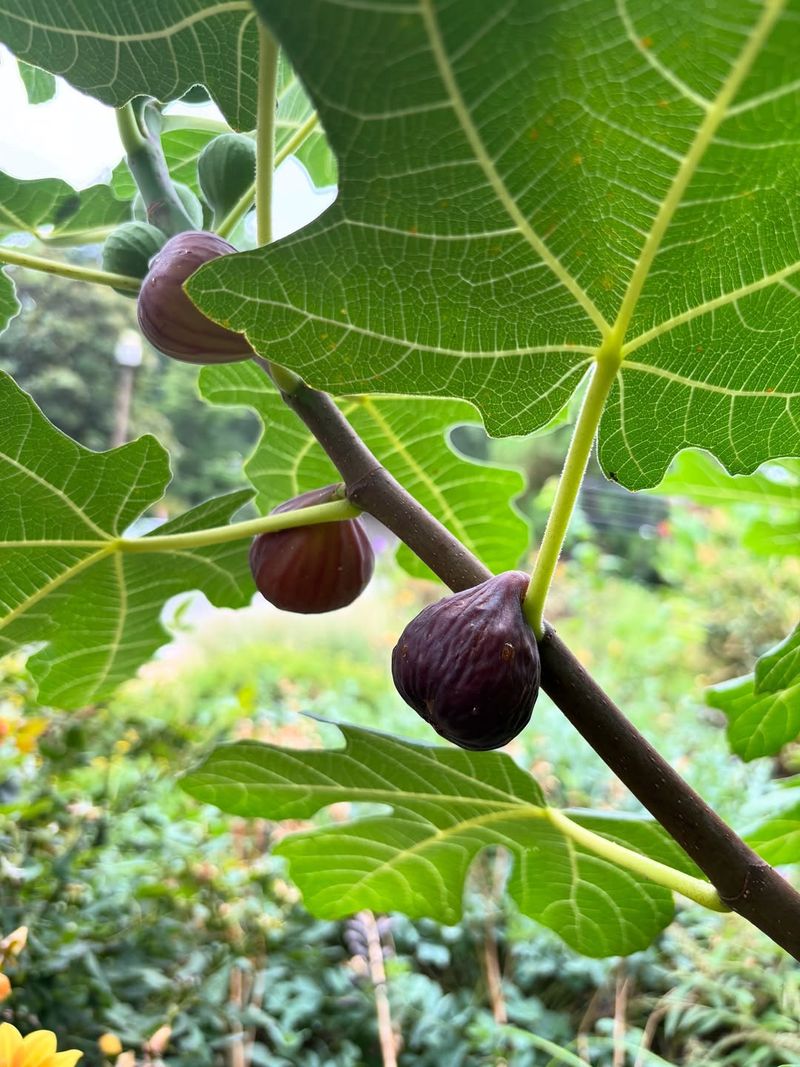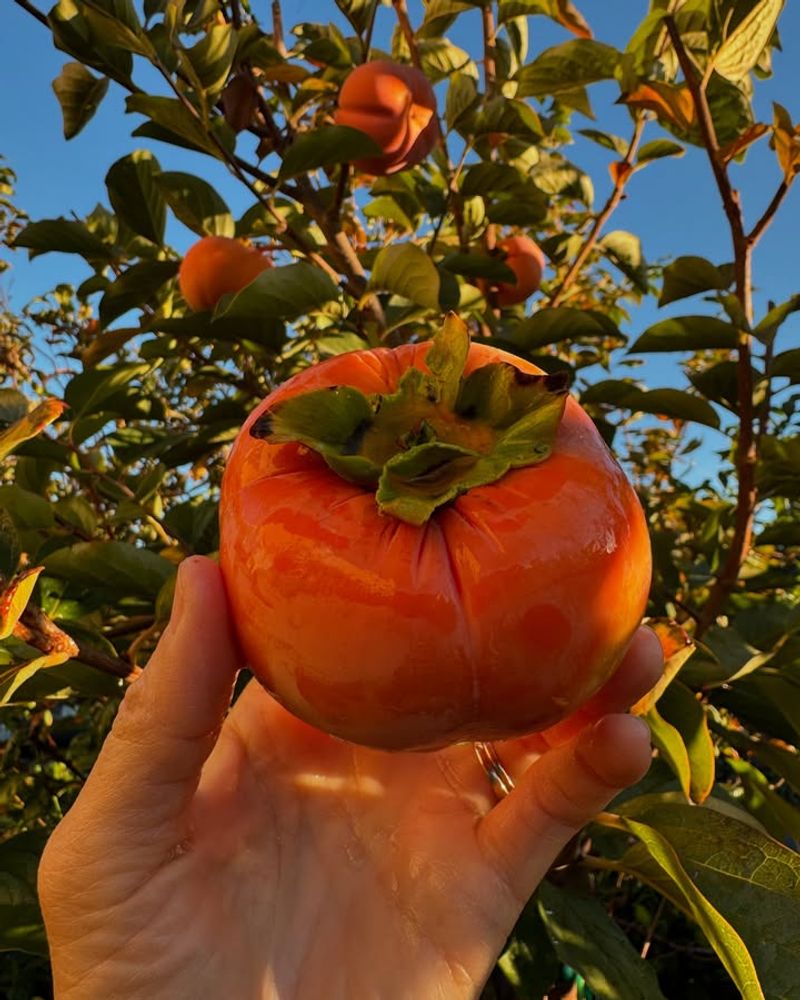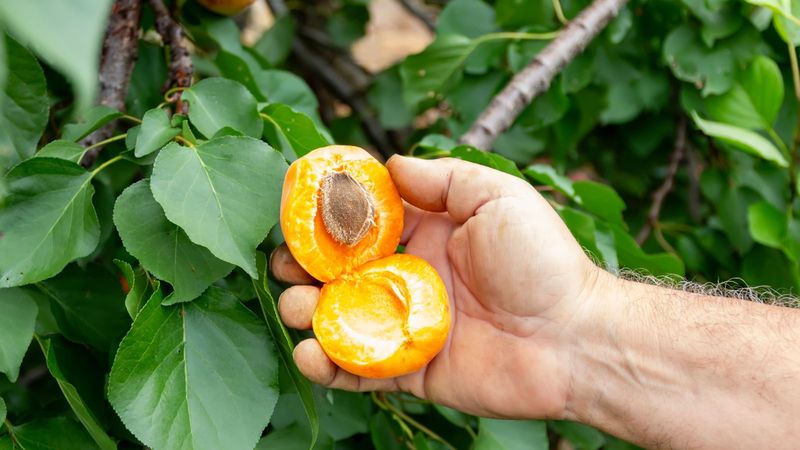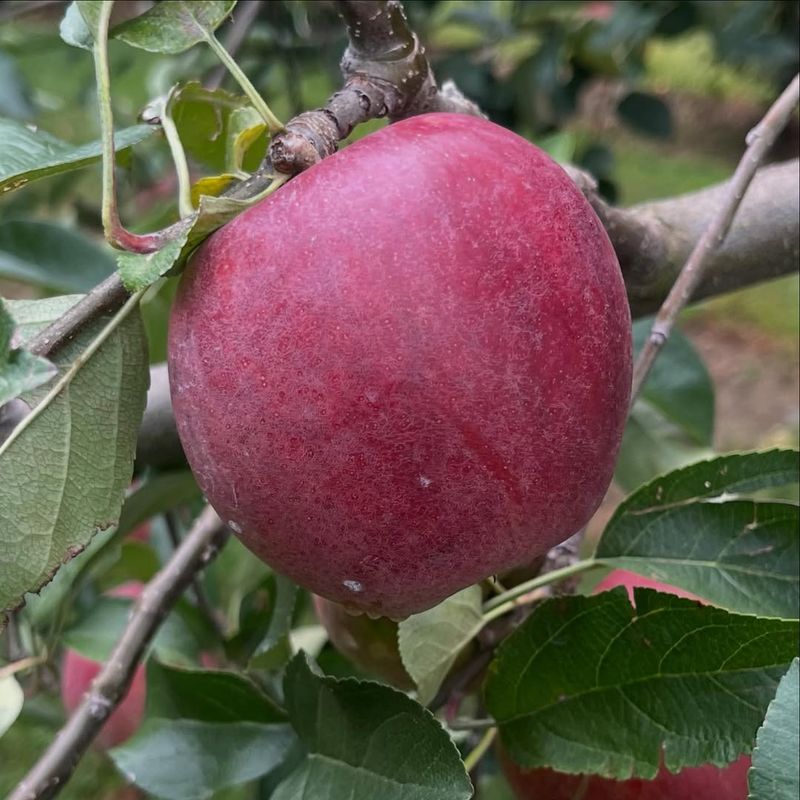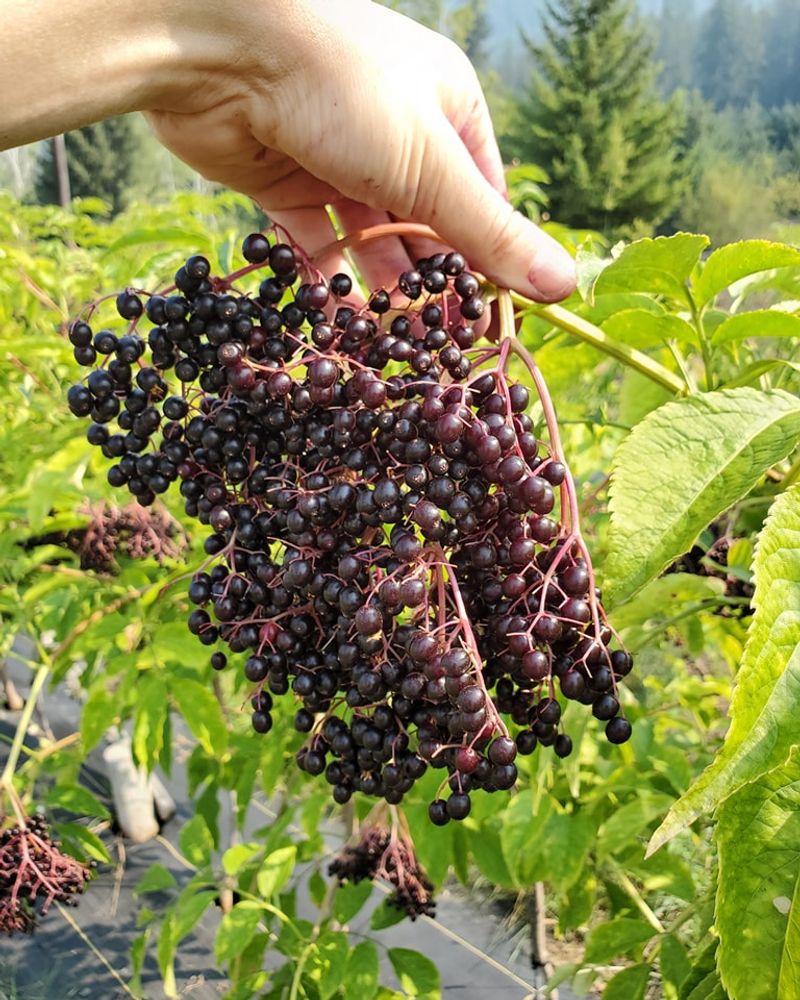October brings perfect conditions for North Carolina gardeners to start planning next year’s fruit harvests. The cooling soil temperatures actually favor many fruit seeds, giving them the natural cold period they need to break dormancy come spring.
Whether you’re a seasoned grower or just starting out, these ten fruits can be successfully seeded in your NC garden this fall, setting you up for sweet rewards in the seasons ahead.
1. Strawberries: Small Seeds, Big Rewards
Fall-planted strawberry seeds develop strong root systems during winter, preparing for spring’s bounty. Many North Carolina gardeners don’t realize these berries grow wonderfully from seed, not just runners or transplants.
Alpine varieties work particularly well for fall seeding in our climate. Simply scatter seeds on soil surface, press lightly, and keep consistently moist until germination.
The cool October temperatures actually help condition the seeds naturally, mimicking their wild growth patterns in our Piedmont and mountain regions.
2. Blackberries: Wild-Growing Treasure
Starting blackberries from seed requires patience but rewards gardeners with plants perfectly adapted to local conditions. Save seeds from local berries for best results in our Carolina clay soils.
The natural cold stratification that occurs during winter months helps break seed dormancy naturally. Store cleaned seeds in damp sand in the refrigerator for a month before October planting.
Consider thornless varieties like ‘Arapaho’ or ‘Navaho’ that perform exceptionally well throughout our diverse growing regions from coast to mountains.
3. Blueberries: Acid-Loving Natives
Growing blueberries from seed connects you to the ancient practice of plant selection. Our state’s naturally acidic soils in many regions create perfect conditions for these native treasures.
Collect seeds from local berries or purchase varieties known to thrive in our growing zones. The seeds need a cold period to germinate properly, making October an ideal planting time.
Mix seeds with moist sphagnum moss in a plastic bag and refrigerate for 90 days before planting in acidic soil beds or containers with pine needle mulch.
4. Muscadine Grapes: Southern Heritage Fruit
Our state’s signature grape thrives from seed when planted in fall. The thick-skinned, sweet muscadines have adapted perfectly to our hot summers and mild winters over centuries.
Clean seeds thoroughly from ripe fruit, then plant directly in well-drained soil about half an inch deep. Mark your planting spot well – germination may take until late spring.
Native varieties like ‘Scuppernong’ connect your garden to North Carolina’s agricultural history. These vigorous vines will eventually need strong support, so plan your garden space accordingly.
5. Pawpaw: America’s Forgotten Fruit
Fresh pawpaw seeds need immediate planting in October for best germination. These custard-flavored native fruits grow naturally in our state’s woodland edges and make fascinating garden additions.
The large brown seeds should never dry out completely. Plant them an inch deep in rich, well-draining soil where they’ll receive morning sun but afternoon shade – similar to their natural habitat.
Keep the planting area mulched with leaf litter through winter. Young seedlings emerge in spring, developing into small trees that bear fruit with flavors reminiscent of banana, mango and vanilla.
6. Figs: Mediterranean Charm In Carolina Gardens
While most gardeners propagate figs from cuttings, seed-grown trees develop unique characteristics suited to our local conditions. The tiny seeds inside ripe figs can be carefully extracted and dried briefly before planting.
Sprinkle seeds on moist potting medium and cover with the thinnest layer of soil. Keep consistently damp in a protected location like a cold frame or unheated garage during winter.
Seedling figs benefit from our long growing season but need winter protection for the first few years. Consider ‘Brown Turkey’ or ‘Celeste’ varieties that handle our humidity beautifully.
7. Persimmons: Patient Gardener’s Prize
Both native and Asian persimmons grow well from seed in North Carolina gardens when planted in October. The seeds require cold stratification that occurs naturally during our winter months.
American persimmons develop into beautiful trees with outstanding fall color and sweet fruit after frost. Clean seeds thoroughly and plant one inch deep in well-drained soil where the tree will have room to grow.
Mark planting locations carefully – persimmon seedlings may not emerge until late spring. Native varieties are particularly resistant to our occasional drought conditions and adapt well to various soil types.
8. Peaches: From Pit To Sweet Harvest
Saving and planting peach pits from locally grown fruit helps develop trees adapted to our specific climate challenges. October planting allows natural stratification during winter months.
Crack open the pit carefully to extract the almond-shaped seed inside. Plant immediately about two inches deep in well-draining soil in a sunny location away from existing peach trees.
While commercial orchards use grafted trees, seed-grown peaches develop deep taproots that help them withstand our summer dry spells. The resulting trees often produce fruit in 3-5 years with proper care.
9. Apples: Heirloom Varieties From Seed
Growing apples from seed creates unique trees perfectly suited to your microclimate. While commercial orchards use grafting, seed-grown trees often develop excellent disease resistance for our humid conditions.
Save seeds from local heirloom varieties that already perform well in North Carolina. Refrigerate seeds in damp sand for 60-90 days, then plant outdoors in October for natural cold stratification.
Mountain and foothill gardens particularly benefit from this approach. The genetic diversity helps trees adapt to our changing climate patterns while preserving heritage apple traits unique to our region.
10. Elderberry: Native Superfruit For Carolina Gardens
Fall-planted elderberry seeds produce vigorous shrubs adapted to our state’s diverse growing conditions. The tiny seeds found in ripe berries need both scarification and cold stratification to germinate successfully.
Gently crush dried berries to release seeds, then soak in water for 24 hours. Mix with damp sand in a plastic bag, refrigerate for 60 days, then plant in October in a partly shaded location.
These native plants thrive in our moist bottomlands and woodland edges. The resulting shrubs provide beautiful flowers, nutritious berries, and valuable habitat for local pollinators and birds.

